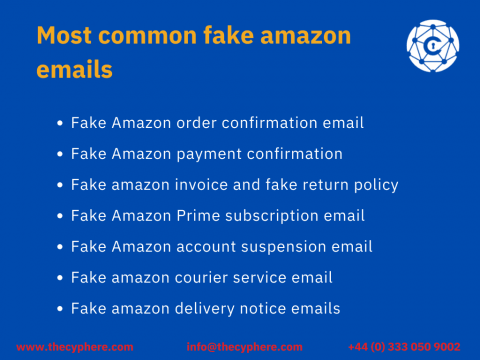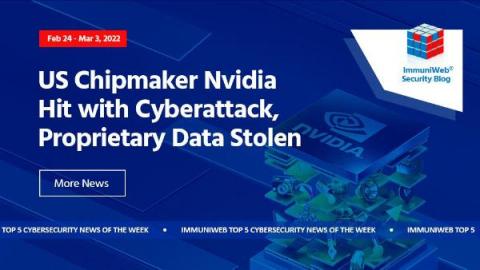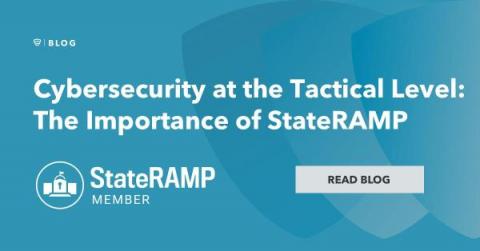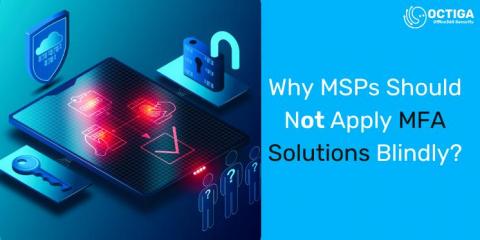KapeTriage MindMap for DFIR Practitioners
The Kroll Artifact Parser and Extractor (KAPE) utilizes Targets and Modules to collect and parse digital evidence. Its Compound Targets and Compound Modules call upon other Targets and Modules in order to collect and parse the most important data as efficiently as possible. One of KAPE’s most widely used Compound Targets for incident response (IR) is KapeTriage.











